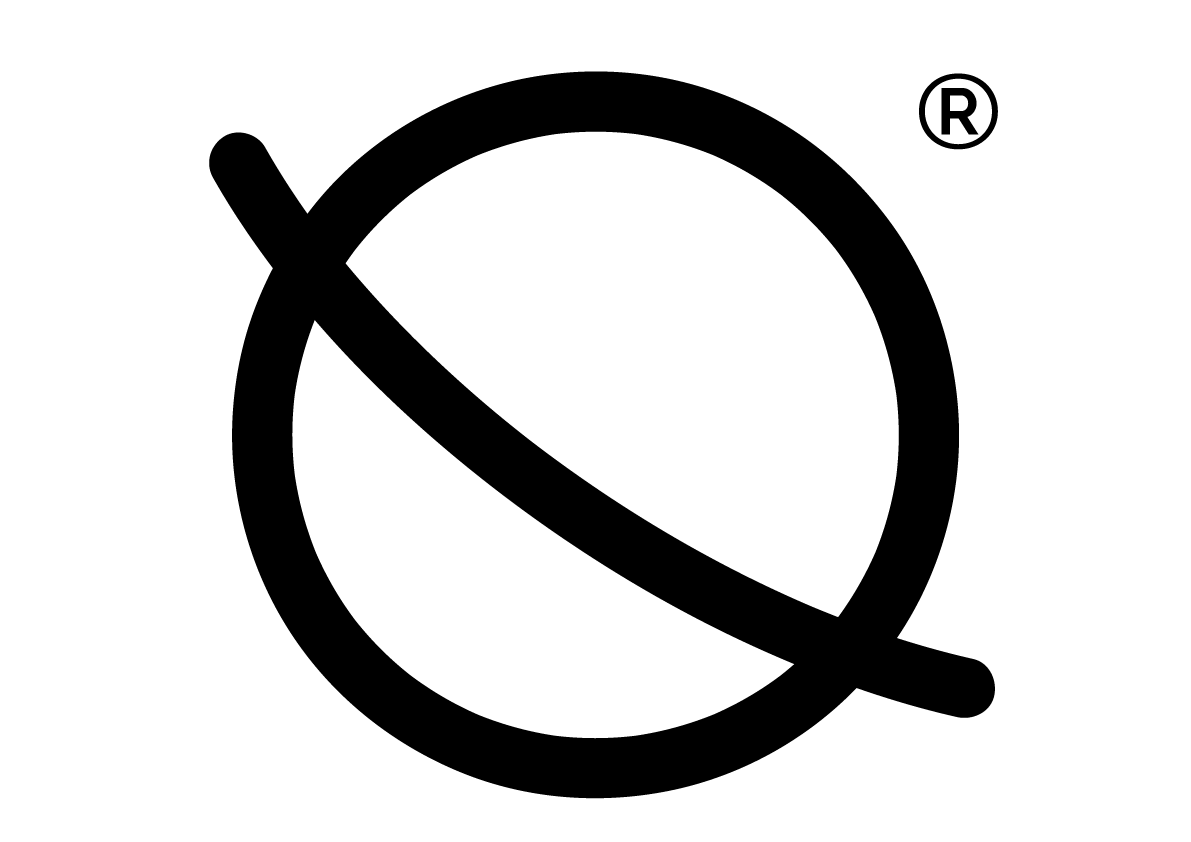Nurturing the Heart Chakra: Practices for Opening and Energising the Centre of Love
We’ve talked about the chakras previously but as we start February, the month of love, we want to turn our focus onto the heart chakra, also known as Anahata.
In this blog post, we will learn more about the heart chakra and explore practices that can help open and energise it, allowing love and compassion to flow freely.
What is the Heart Chakra?
The heart chakra, also known as Anahata, is the fourth primary chakra and a profound energy centre located in the middle of the chest, close to the heart. In Sanskrit, anahata means "unhurt, unstruck, and unbeaten". It is associated with the colour green due to its connection with nature, healing, balance, and the symbolism of the heart. Green represents growth, renewal, and harmony, reflecting the heart chakra's role in fostering love, compassion, and emotional well-being.
Nurturing and balancing the heart chakra can enhance our ability to give and receive love, foster healthier relationships, and cultivate a deep sense of inner peace.
How do I know if my Heart Chakra is unbalanced?
Knowing when to nurture and balance the heart chakra can be intuitive, but here are some signs that may indicate a need to focus on nurturing it:
Emotional Imbalance:
Excessive emotions such as anger, resentment, or jealousy, or an overall feeling of emotional instability, can be indicative of an imbalanced heart chakra. The heart chakra governs emotions, so when it is out of balance, it can lead to emotional turbulence.
Lack of Self-Love and Compassion:
If you struggle with self-love, self-acceptance, or have a tendency to be overly critical of yourself, it may indicate an imbalance in the heart chakra. The heart chakra is closely associated with self-love and compassion, and when it is imbalanced, it can affect your ability to show kindness and care to yourself.
Difficulty Forgiving:
Holding onto grudges, resentment, or an inability to forgive others can be a sign of an imbalanced heart chakra. The heart chakra is associated with forgiveness and letting go, and when it is blocked, it can hinder the healing process and keep you stuck in negative emotions
Physical Ailments:
Sometimes an unblocked chakra can result in some physical ailments. These may include chest pain, heart palpitations, respiratory issues, or poor circulation.(Make sure to always check with your doctor first if you have any discomfort or health concerns as these symptoms might be a result of an underlying health condition)
How to nurture my Heart Chakra?
1. Practice Heart-Centred Meditation:
Sit comfortably in a quiet space and bring your attention to your heart centre. Take a few deep breaths, allowing your breath to become steady and calm. Visualise a soft, radiant green light emanating from your heart, expanding with each breath. As you continue to breathe, imagine sending love and compassion to yourself and others. This practice helps to create a deep connection with the heart chakra and cultivate feelings of love and warmth.
2. Engage in Loving-Kindness Meditation:
Loving-kindness meditation, also known as Metta meditation, is a powerful way to nurture the heart chakra. Begin by directing loving-kindness towards yourself, repeating affirmations such as, "May I be happy, may I be healthy, may I be filled with love." Gradually extend these sentiments to loved ones, acquaintances, and even those with whom you may have difficulties. This practice helps to dissolve barriers and cultivate a genuine sense of compassion and empathy.
3. Practice Heart-Opening Yoga Poses:
Certain yoga postures can specifically target the heart chakra, promoting openness and energy flow. Poses such as Camel Pose (Ustrasana), Bridge Pose (Setu Bandhasana), and Fish Pose (Matsyasana) gently stretch the chest and activate the heart centre. As you move through these poses, focus on deep, expansive breaths, allowing your heart to open and release any stored tension or negative emotions.
4. Practice Heart-Opening Breathing Exercises:
Conscious breathing can be a powerful tool for opening and energising the heart chakra. Try practising heart-opening breathing exercises, such as the "Heart Breath." Place your hands over your heart and take slow, deep breaths, imagining that you are breathing directly into your heart. With each inhale, visualise your heart expanding and filling with love, and with each exhale, release any tension or emotional blockages. This practice helps to create space for love and compassion to flow freely.
5. Connect with Nature:
Spending time in nature can have a profound impact on the heart chakra. Take walks in parks, forests, or by the beach, allowing yourself to connect with the beauty and healing energy of the natural world. As you immerse yourself in nature, take deep breaths, and consciously open your heart to receive the love and nurturing energy that surrounds you. This connection with nature can help restore balance and harmony to the heart chakra.
Nurturing the heart chakra is a transformative practice that can lead to profound shifts in our emotional well-being and relationships. By incorporating heart-centred meditation, loving-kindness practices, heart-opening yoga poses, surrounding ourselves with green and pink, and engaging in acts of kindness and compassion, we can pave the way for a more open and loving heart. Embrace these practices with patience and consistency, and allow the centre of love within you to shine brightly, bringing joy, harmony, and deep connection to your life and the lives of those around you.
Read next >>>


